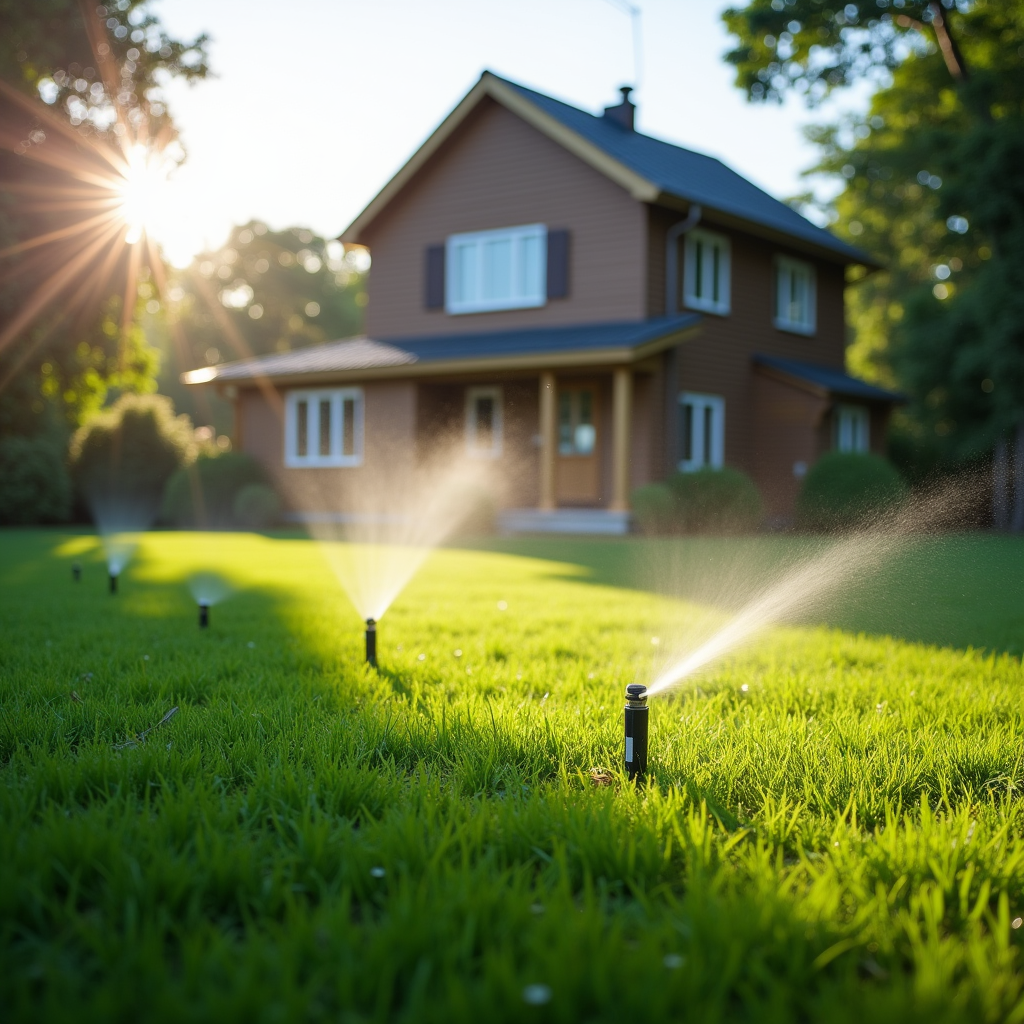Introduction
Maintaining a lush, green lawn isn’t just about aesthetics; it’s about creating a healthy environment for your family and local wildlife. This comprehensive guide will walk you through every season, providing essential tips and tricks to keep your lawn thriving all year round. From springtime rejuvenation to winter preparation, we’ll cover everything you need to know in The Ultimate Guide to Year-Round Lawn Care.
Lawn Care: A Year-Round Commitment
Caring for your lawn may seem like a seasonal task, http://shanewjpi365.theburnward.com/the-art-of-focal-points-in-north-carolina-garden-design but it requires attention throughout the year. What specific challenges does each season bring? Each one has its unique set of requirements and issues that can affect the health of your grass. Let’s break these down.
Spring Lawn Care Essentials
1. Assessing Winter Damage
Winter can be harsh on lawns. Before diving into your spring routine, take time to assess any damage caused by snow, ice, or frost. Look for brown patches or bare spots that need extra attention.
2. Cleaning Up Debris
Once the snow melts away, grab your rake and remove leaves, sticks, and other debris that accumulated over winter. This will help prevent mold growth and allow sunlight to reach the soil.
3. Aeration: Why It Matters
Aerating your lawn in spring helps alleviate soil compaction and encourages healthy root growth. Consider using a core aerator to remove small plugs of soil.
4. Fertilization Strategies
Applying fertilizer in early spring can kickstart growth after winter dormancy. Choose a slow-release nitrogen fertilizer for gradual feeding.
Summer Lawn Care Techniques
5. Watering Wisely
During hot summer months, watering is crucial but needs to be done wisely. Aim for deep watering early in the morning or late in the evening when temperatures are cooler.

6. Mowing Tips for Healthier Grass
Keep your mower blades sharp and adjust them to the proper height—generally 2.5-3 inches for most grasses—to encourage deeper roots and shade out weeds.
7. Pest Control Solutions
Summer brings pests like grubs and chinch bugs that can wreak havoc on your lawn. Monitor closely and use organic treatments whenever possible.
Fall Preparation for Your Lawn
8. Time for Overseeding?
As temperatures start cooling down, fall is an ideal time for overseeding thin areas of grass. This promotes a denser lawn come springtime.
9. Final Fertilization Application
A fall fertilization regimen helps strengthen grass roots before winter sets in. Choose a high-potassium fertilizer that encourages root development.
10. Leaf Management Techniques
Don’t let fallen leaves suffocate your grass! Regular raking or mulching can enhance nutrient recycling back into the soil.
Winter Lawn Care Practices
11. Understanding Dormancy
Most grasses go dormant during winter months; understanding this phase is crucial as it affects how you care for your lawn during this time.
12. Snow Mold Prevention Tips
Prevent snow mold by ensuring grass is dry before snowfall begins—this reduces fungal growth under layers of snow.

13. Equipment Maintenance During Winter Months
Use this downtime to service mowers and other equipment so they’re ready when spring arrives again.
Seasonal Challenges & Solutions in Lawn Care
14. Weather Variability Concerns
How do I adapt my lawn care based on weather changes?

Weather patterns are unpredictable! Stay informed about forecasts so you can adjust watering schedules accordingly during unexpected dry spells or heavy rainfall periods.
The Importance of Soil Testing
15: Soil Nutrient Analysis
What nutrients does my lawn need?
Conducting a soil test provides valuable insight into pH levels and nutrient deficiencies within your yard—ensuring you apply appropriate fertilizers tailored specifically towards improving soil health!
Choosing the Right Grass Type
16: Cool Season Vs Warm Season Grasses
Which type suits my climate best?
Understanding local climate conditions is essential when selecting grass types! Research cool-season varieties (like Kentucky bluegrass) or warm-season options (such as Bermuda) based on regional differences affecting growth patterns!
FAQs About Year-Round Lawn Care
1: When should I start preparing my lawn for winter?
Answer: Start preparation in late fall before temperatures drop significantly; this includes fertilizing, aeration, and leaf removal.
2: How often should I water my lawn during summer?
Answer: Water deeply once or twice per week rather than daily, aiming for about 1 inch of water each week depending on rainfall amounts.
3: What causes brown patches in my lawn?
Answer: Brown patches might result from drought stress, pest infestations like grubs, or diseases such as brown patch fungus affecting turf health!
4: Can I mow wet grass?
Answer: It’s not advisable! Mowing wet grass can lead to uneven cuts & promote disease spread due to clumping clippings left behind!
5: How do I control weeds effectively?
Answer: Apply pre-emergent herbicides early in spring before weed seeds germinate & consider manual removal methods alongside maintaining dense turf coverage!
6: Is using chemical fertilizers harmful?
Answer: Overuse may cause environmental harm; consider organic options which provide nutrients without leaching into waterways while promoting sustainable practices!
Conclusion
Caring for your lawn throughout the year is not just an aesthetic choice; it’s an investment in creating a vibrant outdoor space that benefits both people and nature alike! By following these guidelines outlined in The Ultimate Guide to Year-Round Lawn Care, you’ll foster resilience against seasonal challenges while enhancing curb appeal—all year round! So roll up those sleeves—your dream yard awaits!